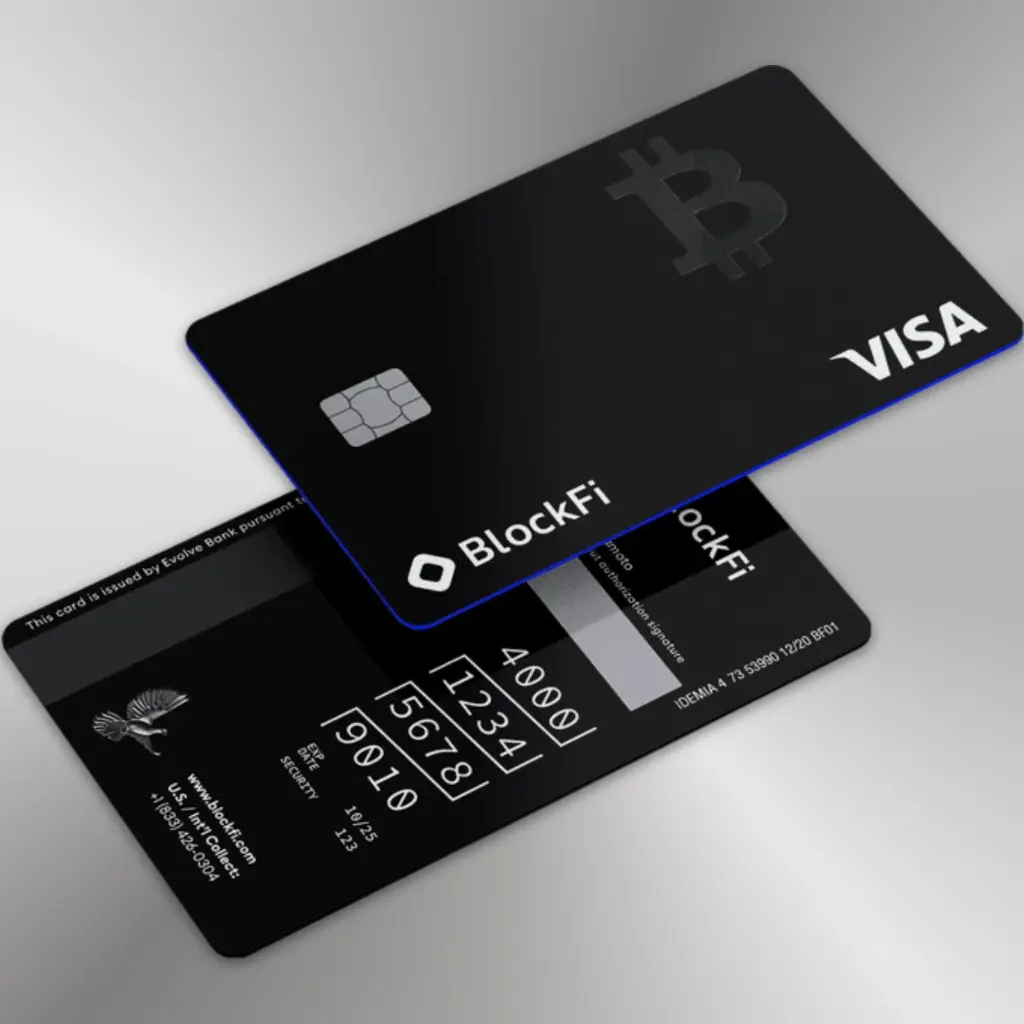Don’t Fall for the Hype: Busting Crypto Card Myths
Let’s talk about something more people are googling lately than they’d like to admit: crypto card comparison. It sounds like one of those niche finance topics, but with crypto cards popping up in your feed—and maybe even your wallet—it’s suddenly relevant.
Still, a ton of confusion surrounds them. Are they just gimmicks? Can they really replace credit cards? Or are we all just jumping on another hype train?
Time to separate fact from fiction. Whether you’re crypto-curious or already swiping a shiny blockchain-backed card, here are the biggest myths worth busting before you tap “buy.”
Myth #1: Crypto Card Comparison Shows They Work Like Credit Cards

Sounds cool, right? Just tap and your Bitcoin flies into the espresso machine.
But nope. That’s not how it works.
Crypto cards are typically powered by companies like Crypto.com, Binance, or Coinbase. When you swipe, they sell your crypto in real time, converting it into fiat (USD, MYR, etc.) before sending it to the merchant.
It’s not magic. It’s just a fast crypto-to-cash exchange behind the scenes.
Myth #2: “Crypto Cards Are Basically Like Credit Cards”

Not quite.
They may look the same in your hand, but crypto cards usually function more like debit cards—you’re spending what you already own. There’s no borrowing, no credit line, and definitely no credit building.
That means:
- No credit score boost
- No grace period
- No carrying a balance (even if you wanted to)
So if you’re trying to build or maintain your credit health? Traditional credit cards still have the upper hand.
Myth #3: “They’re Risk-Free If I’m Just Spending Small Amounts”

We wish it were that simple.
Even for a small coffee purchase, you’re technically triggering a taxable crypto event (yup—capital gains tax may apply). Plus, there’s always the possibility of price dips in the exact second your card executes the trade.
So sure, it’s a swipe… but there’s a bit of invisible accounting magic (and tax paperwork) going on in the background.
Myth #4: “Crypto Cards Always Have Better Perks”

Look, crypto cards can have cool perks—like 1–5% cashback in Bitcoin, low or no foreign fees, and a vibe that screams “I live in the future.”
But don’t forget:
- Crypto rewards can be volatile
- Not every provider is transparent with fees
- Security and consumer protection? That’s a big maybe.
Meanwhile, traditional credit cards often come with decades of trust, chargeback protection, travel insurance, concierge services, and tightly regulated terms.
So yeah, they’re not flashy—but they’re stable.
Myth #5: “Crypto Cards Are for Hardcore Crypto People Only”

Surprise—this one’s false in both directions.
You don’t need to be a blockchain wizard to use a crypto card. Some platforms even let you top up with fiat and convert when you’re ready. But on the flip side, they’re also not the best solution for every crypto enthusiast—especially if you’re holding for long-term growth or worried about tax implications.
That said, if you’re:
- Freelancing and getting paid in crypto
- Living in a region with limited banking options
- Traveling often and want to dodge FX fees
…then yeah, crypto cards might actually make your life easier.
Crypto Card Comparison: So What’s the Verdict?

Here’s the honest truth: crypto cards and credit cards serve different purposes. One helps you borrow and build credit. The other helps you spend what you’ve already got—but with more volatility and fewer protections.
So, no—crypto cards won’t destroy credit cards overnight.
But are they completely useless? Not even close.
Think of them as tools, not competitors. And if you’re going to carry both? Just know what each one actually does. Myths make headlines—but facts keep your wallet safe.
Relevent news: Here





